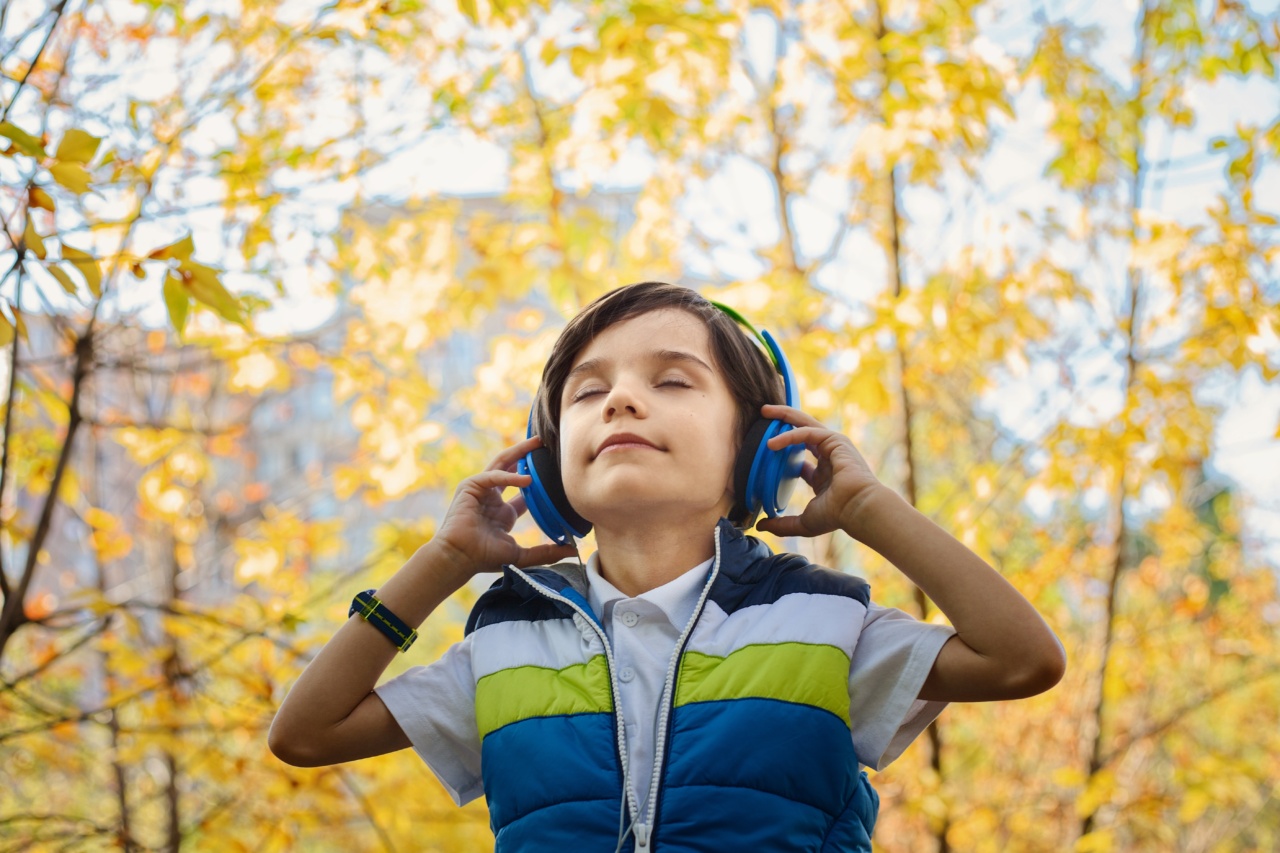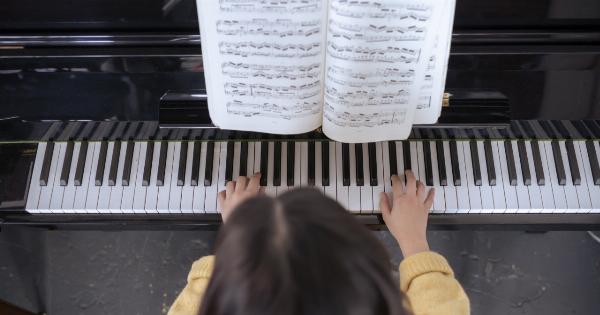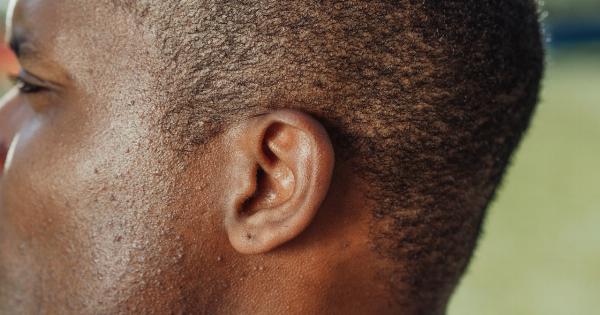In today’s time, music has become a crucial part of everyone’s life. Almost everyone listens to music daily, whether it’s during workout, relaxing, or while working.
However, the loudness of music has become a significant concern, specifically for young adults. According to a recent study, about 12% of young adults have experienced hearing loss due to high volume music.
What is Noise-Induced Hearing Loss (NIHL)?
Noise-Induced Hearing Loss (NIHL) is a type of hearing loss caused by prolonged exposure to loud sounds. According to the World Health Organisation (WHO), the safe decibel level for a listener is 85 dB.
Anything higher than this level can cause harm to the listener’s hearing capacity. The risk of NIHL depends on the sound intensity, duration of exposure, and frequency of exposure to the loud sound.
: Music Volume and Hearing Loss
Music volume has become one of the primary concerns for people’s hearing health. Many people don’t realise the risk involved in listening to loud music regularly and directly into their ears.
Earphones and headphones have become major lifestyle components in recent years as they offer individualised listening. However, these gadgets release sound closer to the ears, which can cause significant hearing damage.
The risk of hearing loss from listening music on headphones depends on the decibel level, distance between the source and ear, and the duration of exposure to high volume.
The safe listening level of music on headphones is 60% of the volume range at 60% of the playing time.
: Prevention Tips for NIHL
1. Use noise-cancelling headphones:.
Noise-cancelling headphones help to cancel out the outside noise. Thus, listeners can keep volume levels lower to avoid hearing loss.
2. Take listening breaks:.
Listeners should take a listening break, at least every hour, to ensure that their ears get enough rest from loud music.
3. Avoid going to clubs and concerts every day:.
Club and concert environments expose listeners to high sound levels, so casual visitors and employees of such environments should try to avoid going to such places frequently.
4. When listening to music on headphone, switch to earbuds:.
In-ear earbuds sit away from the eardrum making it less loud than over-the-ear headphones. Using earbuds helps reduce the volume.
: Signs of Hearing Loss
Knowing the signs of hearing loss can help people understand when to seek timely help from an audiologist. The common signs involve:.
– Buzzing, ringing, or other sounds in the ear.
– Finding it difficult to hear conversations.
– Hearing muffled or distorted sounds.
– Sounds seem to be too loud.
– Avoiding social situations that involve conversation.
: Conclusion
Listening to music is an enjoyable and relaxing activity. But people should be aware of the risk of prolonged exposure to high-volume music. There are various methods that one can take to avoid hearing loss.
One major step is to limit the volume level of music. It’s important to take care of one’s ears since once a person develops hearing loss, it’s challenging to regain hearing capacity.





























